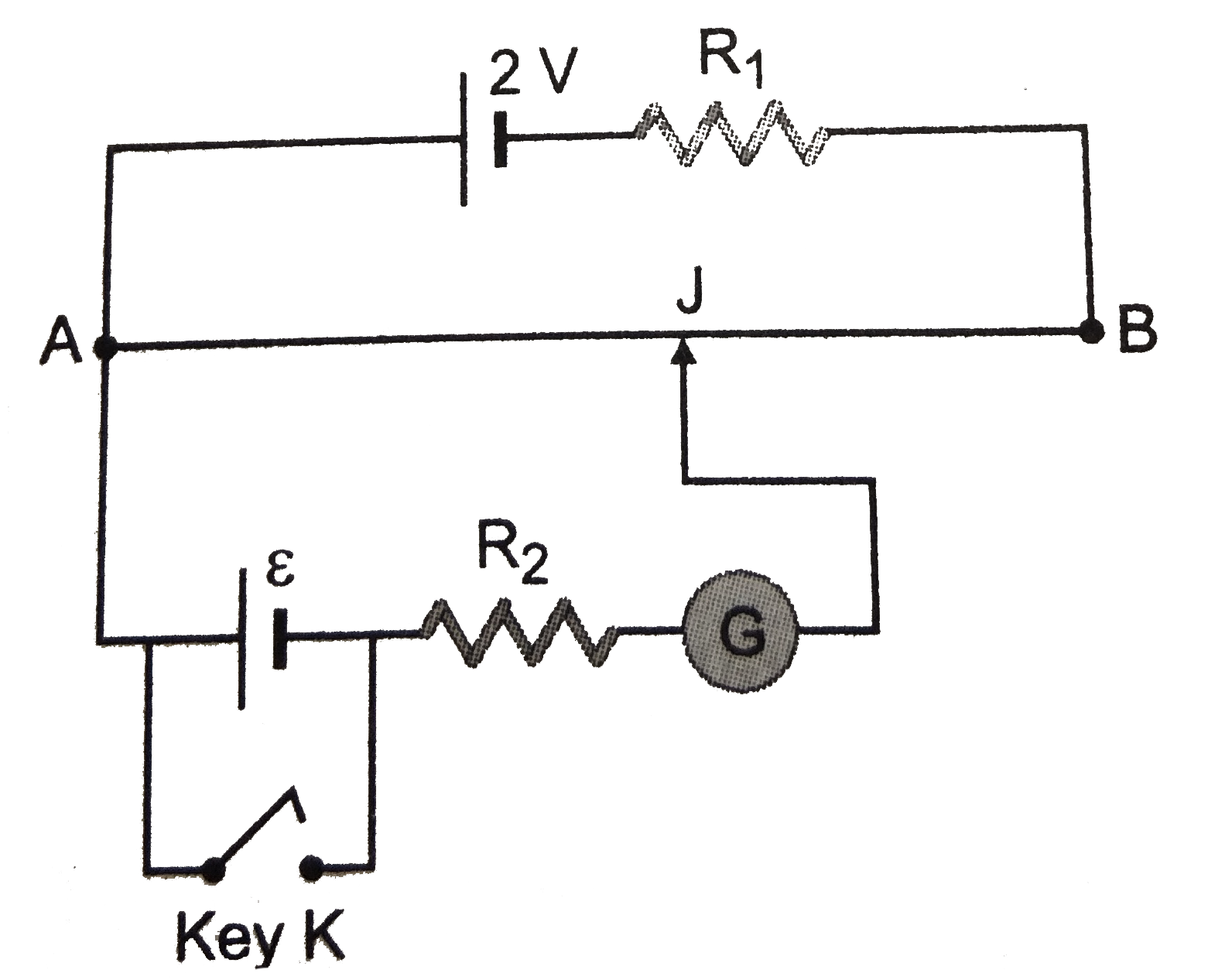(i) A fruit is green when unripe but become beautifully coloured when ripe. How does this change occur ?
(ii) What is the importance of this change ?
(iii) What is mutualism involved ?
(iv) Give an example of such a mutualism in human society.
(i) An unripe fruit is green because it contains chloroplasts in its skin. Towards ripening of the friut, the chloroplasts are changed into chromoplasts which give the fruit an attractive non-green colour such as yollow, orange, reddish, pink, purple, brownish, etc.
(ii) The colour of pire fruits attracts animals. The coloured fruits are often sweet and fleshy. Animals such as birds, monkeys, come to feed over the fruits.
(iii) While eating the flesh of fruits, the animals pick up to seeds and take them to different places visited by them. This helps in the dispersal of seeds. Therefore by this action both the animals and the plants are benefitted. It is mutualism.
(iv) Mutualism or mutual dependence is the law of human society. No body can live and work alone. Every body is dependent on somebody else for most of his/her activities. For example, household workers such as cook, utensil cleaner, washerman, gardner, driver, scavenger, hair dresser, tailor, etc., work for you for which you pay so that the worker is able to run his/her family.
Topper's Solved these Questions
- BOOK - LAKHMIR SINGH & MANJIT KAURCHAPTER - THE FUNDAMENTAL UNIT OF LIFE: CELL EXERCISE - QUESTIONS BASSED ON NCERT QUESTION BANK (EXAMPLAR PROBLEMS IN SCIENCE)1videos
THE FUNDAMENTAL UNIT OF LIFE: CELL
- BOOK - LAKHMIR SINGH & MANJIT KAURCHAPTER - NATURAL RESOURCESEXERCISE - SHORT ANSWER QUESTIONS5videos
NATURAL RESOURCES
- BOOK - LAKHMIR SINGH & MANJIT KAURCHAPTER - TISSUESEXERCISE - Long Answer Questions (Carrying 5 marks each)1videos
TISSUES
Similar Questions
An aqueous solution of lead acetate is treated with an aqueous solution of potassium iodide when a precipitate is obtained.
(i) what is the colour of the precipitate ?
(ii) what is the name and formula of the precipitate ?
(iii) What type of reaction is this ?
(iv) write the balanced chemiclal equation for the reaction.View SolutionHow does the mutual inductance of a pair of coils change when
(i) distance between the coils is increased and
(ii) number of turns in the coils is increased?View SolutionHow does the resistance of a wire change when:
(i) its length is tripled?
(ii) its diameter is tripled?
(iii) its material is changed to one whose resistivity is three times?View SolutionThe average emf induced in the secondary coil is 0.1V when the current in the primary coil changes from 1 to 2A in 0.1s.What is the mutual inductance of the coils.
View SolutionThe circuit diagram of a potentiometer for determining the emf ε of a cell of negligible internal reistance.
(i) What is the purpose of using high resistance R2? (ii) How does the position of balance point (J) change when the resistance R1 is increased ? (iii) Why cannot the point be obtained, (a) When the emf ε is greater than 2V, and (b) When the key K is closed.
 View Solution
View Solution(a) List two reasons for the appearance of variations among the progeny formed by sexual reproduction.
(b) (1) Name the part marked 'A' in the diagram alongside.
(ii) How does 'A' reaches part 'B' ?
(iii) State the importance of the part 'C'.
(iv) What happens to the part marked 'D' after fertilisation is over ?
 View Solution
View SolutionHow does the mutual inductance of a pair of coils change when
(i) distance between the coils is decreased and
(ii) number of turns in the coils is decreased ?View SolutionWhat is the behaviour of TP, when
(i) MP rises
(ii) MP falls, but remains positive
(iii) MP is zero
(iv) MP becomes negative?View Solution(i) A black coloured compound (B) is formed on passing hydrogen sulphide through the solution of a compound (A) in NH4OH.
(ii) (B) on treatment with hydrochloric acid and potassium chlorate gives (A).
(iii) (A) on treatment with potassium cyanide gives a buff coloured precipitate which dissolves in excess of this reagent forming a compound (C).
(iv) The compound (C) is changed into a compound (D) when its aqueous solution is boiled:
(v) The solution of (A) was treated with excess of sodium bicarbonate and then with bromine water. On cooling and shaking for some time, a green colour of compound (E) is formed. No change is observed on heating. Identify (A) to (E) and give chemical equations for the reactions at steps (l) to (iv)View SolutionHow is chlorine prepared from HCl ? What happens when chlorine is treated with (i) Sulphur (ii) Slaked lime (iii) HCl (iv) Turpentine oil.
View Solution

